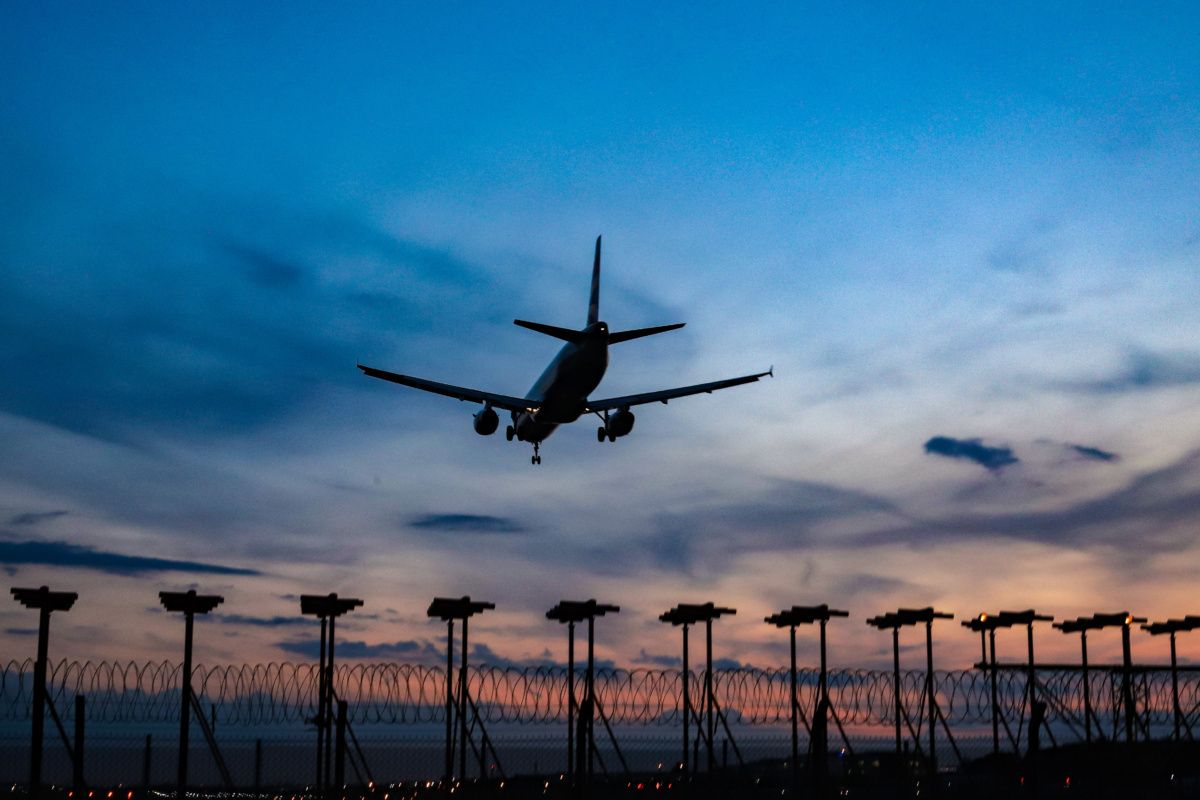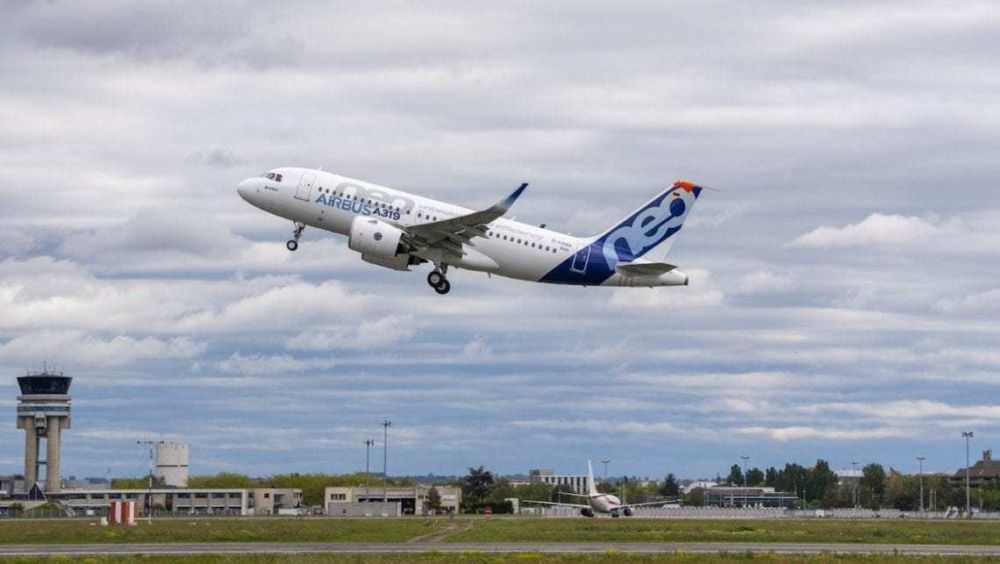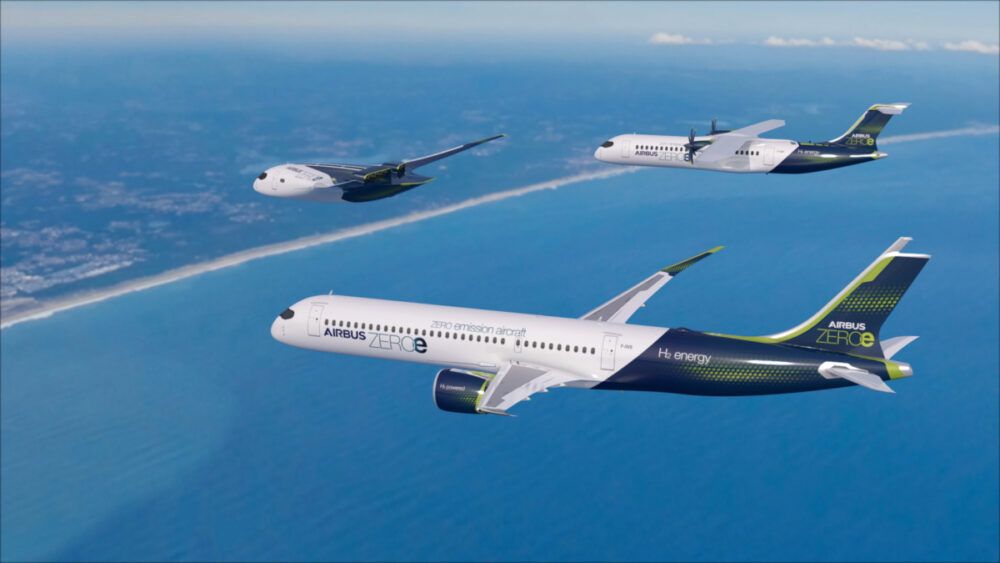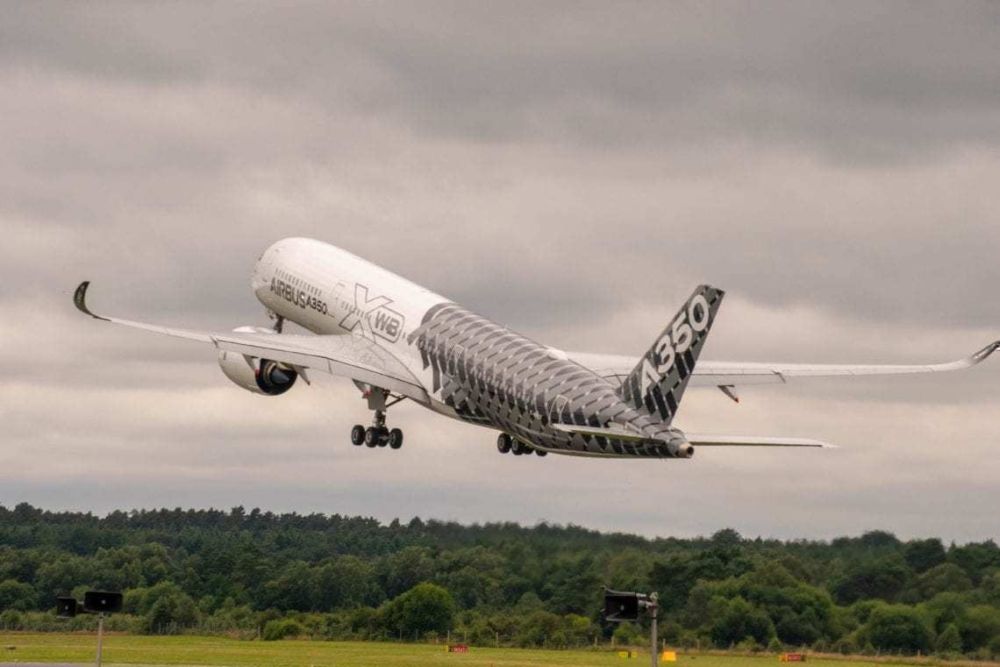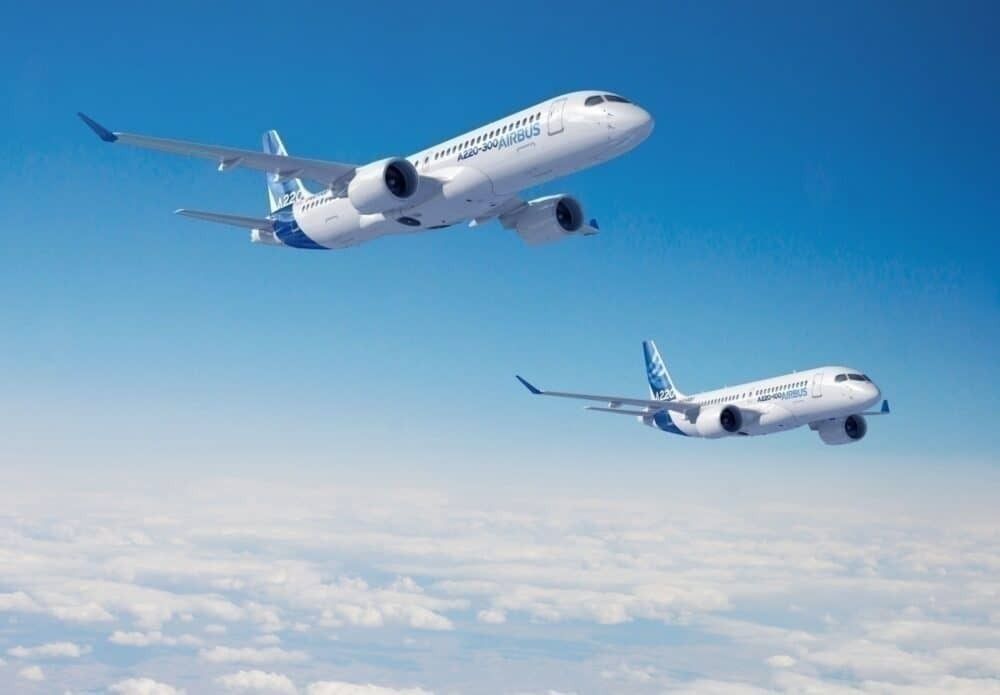For many years, Airbus and Boeing have been engaged in fierce competition across a multitude of different aircraft markets. From narrowbody workhorses to giant widebodies, both manufacturers have attempted to pre-empt market demand and provide the next great aircraft. Airbus has a solid product line, but plane making never stands still. Which begs the question – what will Airbus build next?
Something new for the A320 family?
While Boeing has its 737, Airbus bets its investment on the A320 family of aircraft. These single-aisle jets can be utilized for a whole host of flights, and in some cases, make up entire airline fleets. The versatility offered from the A318' Baby Bus' right up to the long-range A321neo gives airlines a solid selection of variants, without the need for extensive retraining.
But will Airbus look to extend the family in the future? We already know that an extra-long-range A321 is on the cards for a few years' time, with the A321XLR set to hit the skies from 2023. Could the range be extended anywhere new, either up or down?
Any shrink of the A320 family would see Airbus encroaching on the territory of the highly capable and popular A220 family of jets. It's the reason Airbus is not planning on an A318neo, and probably has contributed to the low sales of the A319neo. An upwards stretch would be difficult, too, and would likely require a clean sheet design rather than a rework of the current family.
Stay informed: Sign up for our daily aviation news digest.
We do know that Airbus is being urged by the French government to develop the A320 successor. Part of the aerospace bailout received this year from the nation saw a multi-billion dollar commitment to research and development, with hydrogen high of the list of priorities for the A320 successor. It is targeted for entry into service in 2035.
Zero emissions aircraft
Just last month, Airbus revealed plans for developing a zero emissions aircraft for the future. In fact, there are no less than three potential aircraft on the table – one turboprop, one narrowbody and an unusual looking blended wing aircraft.
There's a mountain to climb in terms of technology maturity before we see these becoming a reality. However, Airbus has set itself an ambitious timeline. The planemaker wants to bring a functional zero-emissions aircraft into service by 2035. This will require it to begin flight testing its prototypes before the end of this decade.
While it would be great to see this goal being achieved, we all know just how much timelines can slip. So, could Airbus bring something else to the table in advance of this reworking of the core of aircraft propulsion?
Something large?
With the production of the A380 ending and Boeing's 777X nearing entry into service, could there be room for something big to come out of Airbus' stable? It's current largest aircraft, the A350-1000, is dwarfed by the 777-9.
Almost three meters longer, the 777-9 seats 426 passengers in a typical two-class configuration. That's between 20-40 passengers more than the A350-1000. The Airbus does go further though, with an additional 2,500km of range over the 777-9.
For many years, there were rumors of an A350-2000 in the pipeline. This stretch of the -1000 would see capacity increased to match the Boeing giant, and although that would mean a reduction in range, it would still be able to keep pace with the 777X.
However, in May last year, Airbus quashed these rumors, saying it did not want to pursue a larger A350 variant. With the demand for long-haul travel anticipated to be low for some years to come, we don't see Airbus betting on anything big in the near future.
Something small then?
Where we could see some movement in the coming years, however, would be in the A220 family of aircraft. When Bombardier designed the CSeries, it ran simulations not just for the CS100 and CS300, but also for a larger version, the CS500. Using a tool called the High Performance Computer (HPC), it modeled all three aircraft, and Airbus knew this when it took the program over.
Indeed, Bombardier was 'flying' a stretched A220 (possibly to be called the A220-500) in the HPC for many years. Airbus has even, more recently, asked them to run a simulation for an A220' super stretch', to model an A220-700, -900 and -1000.
While some of these ideas are somewhat pie in the sky, we'd like to think that the A220-500 is a realistic proposition for the future. Some of Airbus' key customers, including airBaltic and Air France, have said that the -500 is something they would definitely consider ordering, so it would make sense for the planemaker to contemplate this development.
Sadly, any hopes we had of seeing the A220-500 announced this year have been dashed with the global crisis that aviation is facing right now. In a recent interview, Chairman and CEO of Airbus Americas, Jeff Knittel, said that the stretch was 'not a priority' right now, citing cash preservation as Airbus' current focus.
Nevertheless, as travel rebounds and people take to the skies again, an Airbus A220-500 could be just what the industry needs. If Airbus can fettle it to match the agility, efficiency and airport accessibility of the other members of the family, it would likely fly out of the door to keen airlines.
What do you think? What plane should Airbus make next? Let us know in the comments.

